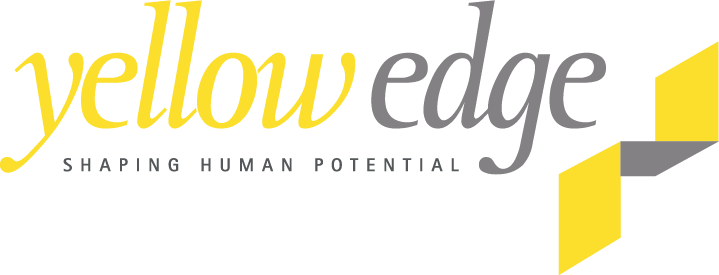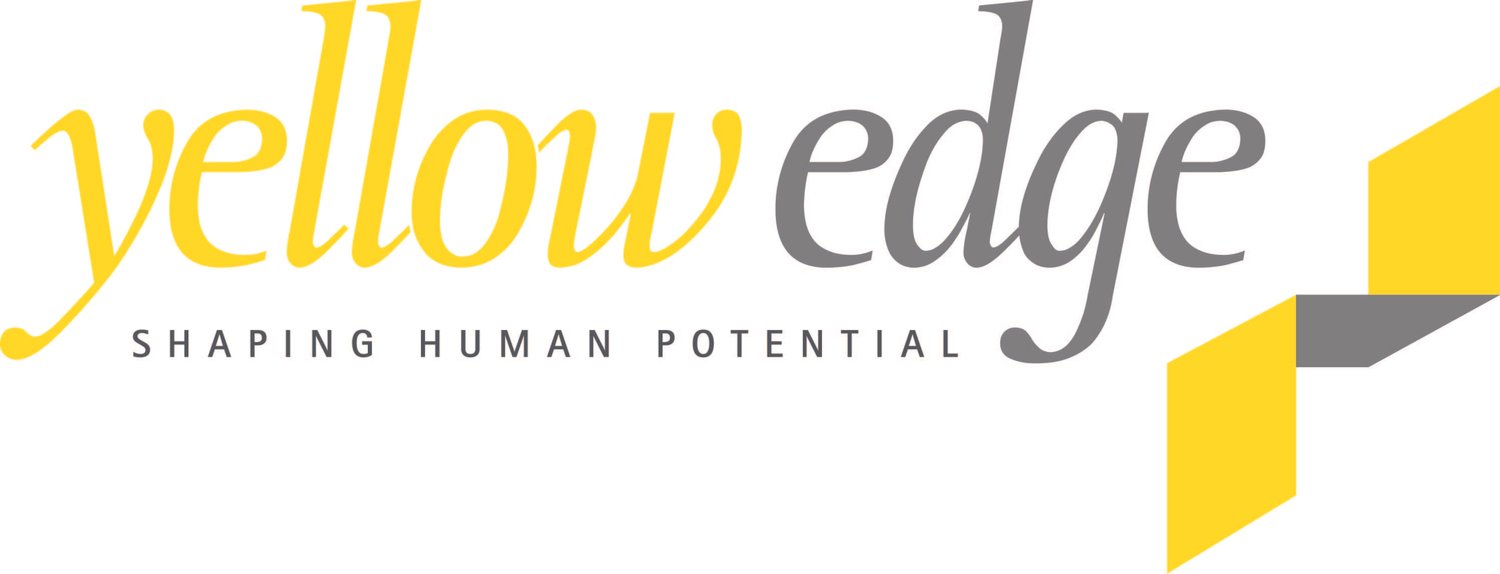62. Shooting for the stars?
by Brooke Anderson
GET THESE FIVE PERFORMANCE SETTINGS RIGHT FOR SUSTAINABLE, LONG-TERM PERFORMANCE.
There’s a new Government - new Ministers, new policies, and new opportunities. It can be an exciting and invigorating time for senior leaders in the public service. Naturally many leaders are already working on new priorities and ambitious new targets and outcomes that will inspire and motivate their stakeholders and staff alike.
Being ambitious for what you and your team can achieve is, on the whole, a positive thing and should be encouraged but it may also unsettle some leaders who haven’t been quite so successful in realising their ambitious plans in the past.
Being ambitious for what you and your team can achieve together doesn’t have to mean radical transformation or ‘way out there’ goals. It should, in fact be about achieving sustainable long-term performance. Ambition builds over time when there is a continual focus, targeted effort, and a track record of performance.
In a public sector context, sound workforce structures, clear business processes, proper planning and coordination, effective stakeholder engagement, effective management and leadership practices and a supportive and values-based culture are essential foundations for high performing teams.
Leaders will have more chance of achieving their ambitious plan if they take the following actions:
1. ARTICULATE AND EMBED A CLEAR PURPOSE.
The public service is unique. It delivers opportunities and outcomes unmatched in their intent, scale, and impact. However, don’t assume that staff automatically see meaning in their work or understand the impact they have on their stakeholders, citizens, and the community at large.
Leaders need to work with their staff to identify who exactly they want to affect, when and at what stages, and what long-term outcomes they want to achieve. A strong and clear purpose and a set of values helps establish and articulate an ambition for staff and for the team.
2. FOCUS ON THE CRITICAL TASKS AND PROJECTS WHICH MAKE A DIFFERENCE.
It’s important that teams understand their critical functions and tasks, and that these functions drive stakeholder engagement - not the other way round. Our experience has shown us that organisations with in-house stakeholder engagement expertise and established stakeholder committees are not always effective or aligned to team purpose and critical tasks. In some situations, we have observed that stakeholder forums are no longer fit for purpose or serve the interests of their stakeholders and the community.
To ensure that teams are having the desired impact and achieving agreed outcomes they need to ensure they have robust and aligned community listening mechanisms, effective forums for sharing information and for co-design and co-production to ensure that their work remains relevant, fit-for-purpose and meets both government priorities and community needs.
3. ENSURE APPROPRIATE CAPABILITY AND STRUCTURE.
Sadly, it has been our experience that staff who are not performing at level are often the catalyst for team reviews and re-structures.
Organisations are making life difficult for themselves, their staff, and their stakeholders by not setting clear role expectations and behavioural capabilities for their leaders and managers. As a result, we see:
Approvals for BAU and low risk decisions and submissions not being delegated to the lowest possible level of authority.
EL2 officers hesitating in stepping up and leading as members of their Division/Branch.
Team structures impeding the sharing of knowledge, expertise, and resources, hampering mobility and succession planning.
Technology is also hampering individual and collective capability and performance. We see legacy ITC systems hardwiring inefficient team processes, technology not being fully optimised with key functionality switched off or under-utilised and duplications in performance reporting across organisations.
All these factors seriously hamper the efforts of leaders to get traction with their ambitious goals.
4. BUILD A SUPPORTIVE AND SAFE CULTURE.
Unfortunately, we are still seeing outdated concepts of wellbeing and work-life balance pervading some leaders thinking. For example, we’ve noticed workplace cultures which value staff working long hours including coming in at nights and on weekends and viewing burnout and exhaustion as a responsibility solely for the individual themselves to manage.
Nurturing and actively contributing to building a strong, respectful, and supportive workplace culture is at the heart of a leaders role and without it, ambition can't be realised.
5. ENSURE ALIGNMENT AND COHERENCE WITH ALL THE ABOVE.
Leaders need to ensure that their teams subscribe to quality assurance standards and to ongoing monitoring and reporting of perfomance outcomes. Teams who adopt a continual improvement mindset and an appropriate set of practices will ensure that their work is always fit for purpose, suits the operating context, and responds to changing circumstances.
Each of the five areas listed above if taken, represents progress, positive change and will contribute to positioning teams for greater performance. Implemented as a whole, they give teams and their organisations the best opportunity to shoot for the stars.
Published August 2022
Brooke Anderson is Consulting Manager at Yellow Edge, a leadership development company focused on shaping human potential. She is also an accredited practitioner of AnswerIntelligence
Yellow Edge is a local, privately owned Canberra based consulting company focused on helping individuals, teams and organisations to achieve high performance. Yellow Edge is a certified BCorp. BCorp companies make decisions that make a positive impact on their employees, customers, suppliers, community, and the environment. https://www.bcorporation.com.au/
Cover illustration: The Starry Night, Vincent van Gogh


